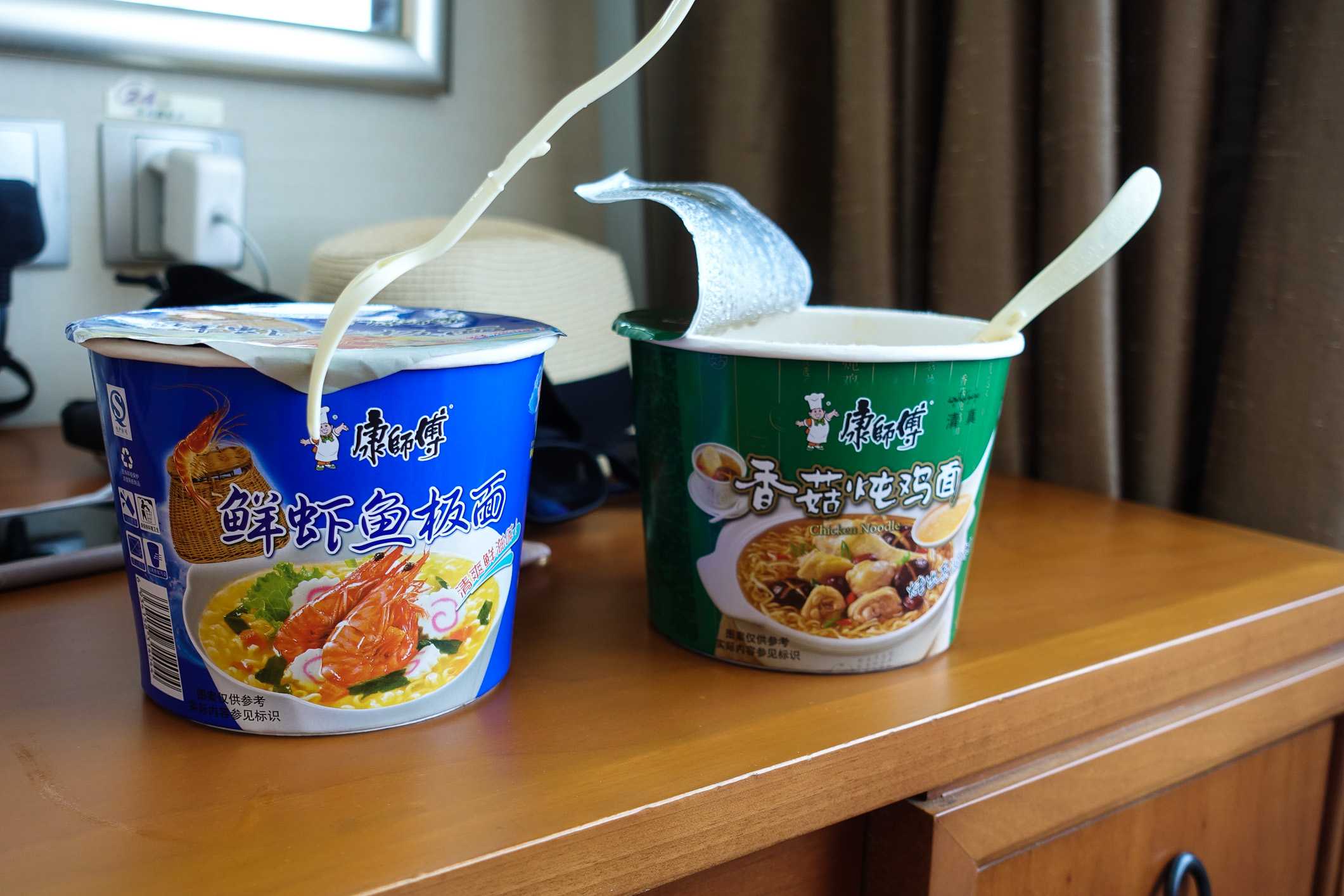Kínai szakaszunk végén írunk egy picit a benyomásainkról.
Finishing the China leg of our honeymoon, we write a bit about our impressions.
Kínai benyomások | Impressions of China
Kínát nehéz csak úgy összefoglalni, mivel egy nagyon nagy ország - ezért is vannak az eddigi blog bejegyzések :) De ezekben talán kevesebbet írtunk az általános benyomásainkról a 28 nap során, így most ezt próbáljuk meg leírni.
It’s hard to summarize China as it’s a very large country - that’s why we have the individual blog entries. This post explores some of the general feelings and observations we had during the 28 days in China.
Városok | Cities
A kínai városokról az volt elsősorban megdöbbentő, hogy milyen eszméletlen nagy városok vannak, a 5-10 milliós lakosságú városok “átlagosak”. A legkisebb város ahol voltunk, Zhangjiajie a hegyek közt, is 1.5 millió lakosa volt - majdnem Budapest méretű itt a “kicsi”.
A nagyobb kínai városok tulajdonképpen ugyan úgy néznek ki. A végére már a város nézés kezdett kicsit unalmas is lenni, mivel nem igazán lehetett megkülönböztetni pl. Chengdu-t Shanghaitól egy utcai képről. Mind a táblák, a metrók, az utak, a járdák stb ugyan olyanok. Sok kis bolt, rengeteg felirat, robogó, bicikli és ugyan olyan taxik - ez megkönnyítette az általános tájékozódásunkat. Hamar megtanultuk, hogy milyen boltban mit tudunk venni, hogyan vegyünk metró vagy épp vonatjegyet. Általánosságban nézve a közlekedés sokkal egyszerűbb volt, mint amire számítottunk, habár az internet azért sokszor jól jött.
The first dumbfounding fact about Chinese cities is how large they were - a population of 5-10 million is considered “average”. The smallest city which we visited, Zhangjiajie in the middle of the mountains, had 1.5 million people living in it - around the size of Budapest is considered “small”.
The larger Chinese cities all look kind-of the same. By the end of the trip walking around the city became a bit boring as the general streetscape was indistinguishable for an example between Chengdu and Shanghai. All the signs, roads, walkways, tubes were similar. There were bunch of small stores lining the streets, lot’s of neon signs, mopeds, and bicycles and taxis that all looked the same. This helped with general navigation and things feeling familiar, e.g. we learned quickly how to buy tube and train tickets and which stores carried which goods. This made getting around actually quite simple compared to what we expected, but we guess the internet helped as well.
Tisztaság | Cleanliness
A legtöbb hely, ahol jártunk nagyon tiszta volt - ez szintén meglepetésként ért minket. A hegyek tetejétől kezdve az aluljárókon át a mosdókig mindenhol voltak takarítók, akik szorgosan mostak fel vagy szedték a szemetet. Mivel nagyon kevés hajléktalant is láttunk az utcákon úgy gondoljuk, hogy van valamiféle kötelező munka kínában. A kisebb, kevésbé látogatott városokban persze már picit több volt a szemét, de így is hatalmas volt a kontraszt Kína és Vietnám, de még Kína és Hongkong között is.
Most places we visited were surprisingly clean. From the top of the mountain to the toilets there were cleaners everywhere who were washing the floors or picking up trash. Since we also saw relatively few homeless people we assume there’s some kind of mandatory work thing in place. In the smaller, less frequented areas obviously there was more trash, but the contrast of cleanliness between China and Vietnam or even between China and Hong Kong was quite big.
Nyilvános mosdók | Public toilets
Kína telis-tele van velük. Mind ingyenes, és az előbb említett takarítóknak köszönhetően viszonylag rendben is vannak tartva. Mindenki ezeket használja, sok étteremnek pl. nincs is saját mosdója. Többször is előfordult, hogy evés után kérdeztük a pincért, hogy merre találunk wc-t, ő meg elmutogatta, hogy egy utcával arrébb. Amellett, hogy ingyenesek, sok is van belőlük. Szépen ki van táblázva, hogy merre van a legközelebbi - így sose volt gondunk azzal, hogy kényszer pisiszünetet kell tartanunk vagy vennünk kellett valamit, hogy a mosdót használjuk. Persze azért vannak kényelmetlen részei is a dolognak, főleg a lányok részére. A legtöbb wc guggolós, és a papír meg szappan sem túl gyakori.
China is filled with public toilets. All of them were free and thanks to the aforementioned cleaners they’re quite tidy. Everyone uses these, so much so that some restaurants don’t even have their own toilets. It occurred to us many times that when we asked where their bathroom was they pointed to the next street over. Next to being free they are also easily discoverable as there are a bunch of signs pointing to the nearest toilet. This meant that we never had to explicitly go out of our way for a bathroom break or to buy something at a restaurant to use theirs. Of course it wasn’t all great, especially for the women, as the toilets were mostly squatting ones and there wasn’t usually toilet paper or soap.
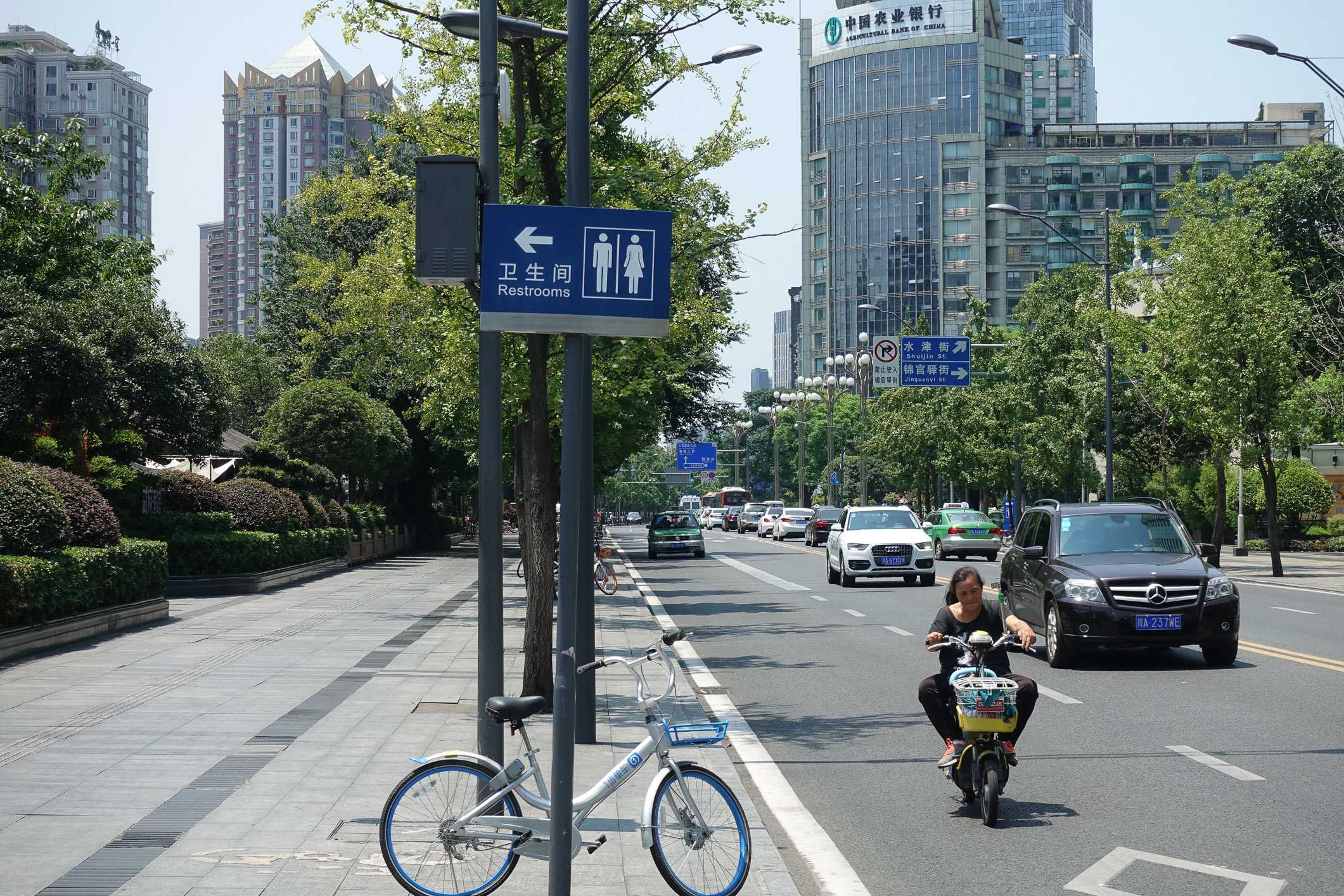
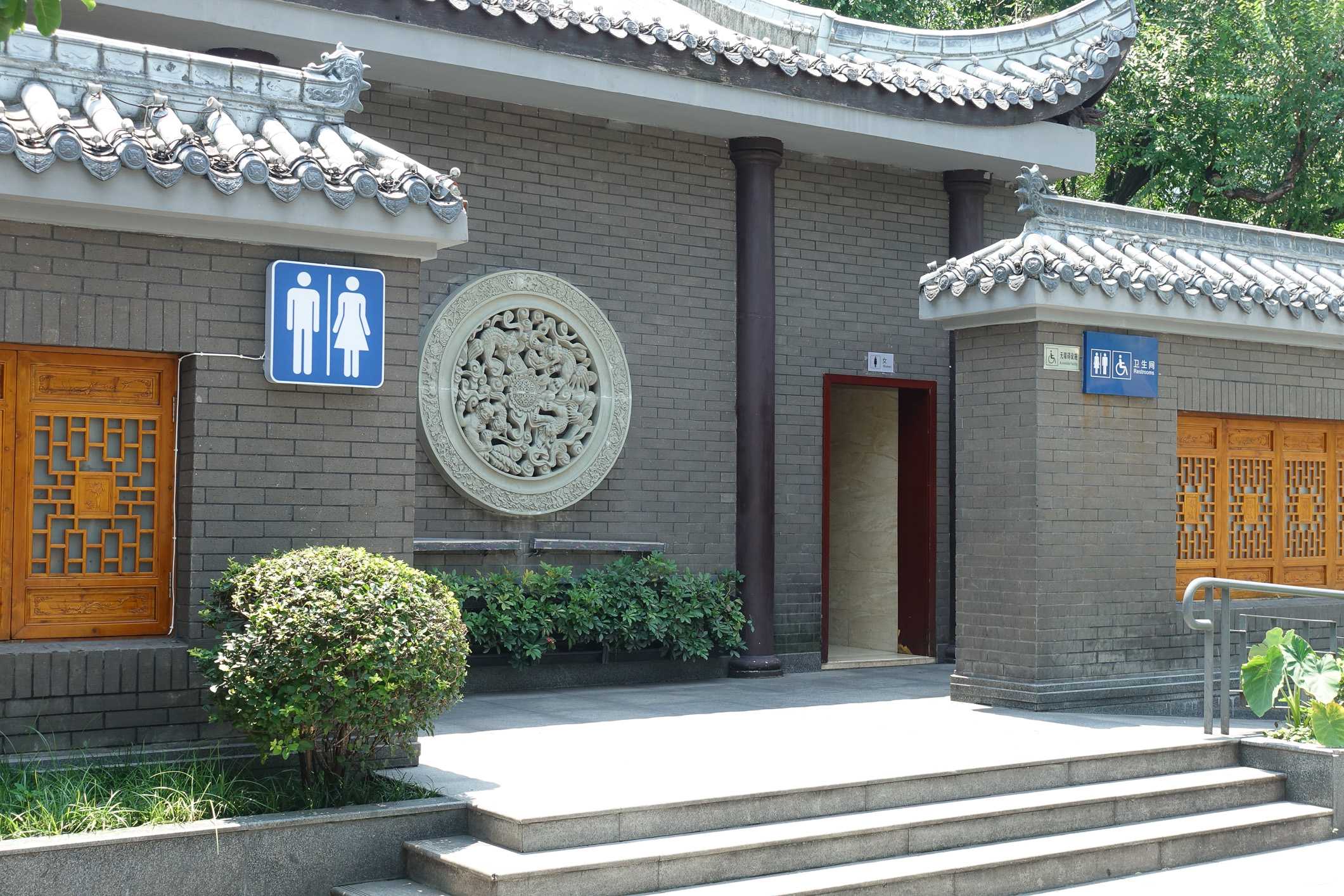
Az emberek | The people
A kínaiak, ugyan ez nem meglepetés, de sokan vannak. Akárhova mentünk mindig tömeg fogadott - mondjuk nekik is ekkora esett a nyári szabadságolás. Az országon belüli turizmus egy óriási iparág, sok helyen pl. nem is volt angol idegenvezetés, csak kínai valószínűleg azért, mert nem érte meg azért a pár külföldi turistának fenntartani idegenvezetést, amikor ott a rengeteg kínai turista.
Már sok posztban leírtuk, de sokszor annyian gyűltek össze egy helyre, hogy nekünk már muszáj volt elmenni onnan, pedig azt hittük, hogy kellő gyakorlatunk van a tömeggel a londoni metrók után. Amikor átértünk Vietnámba és mondták hogy ne menjünk délelőtt az egyik látványosághoz, mert sokan lesznek, mi csak azért is mentünk és röhögtünk, hogy “Ez itt a tömeg?!”.
A sok ember miatt itt természetessé vált a tolakodás. A sorbanállások kisebb harcot jelentettek nekünk, ha egy pillanatra nem néztünk oda már egy nyolc fős család került elénk. Nem egyszer fordult elő, hogy a gyerekeket előre küldték (akár a lábak között) majd jött utána az egész család.
As everyone knows there are a lot of people in China. Wherever we went there were crowds, but this was also due to their summer break and high season being in August. Domestic tourism is also a very large industry in China, for an example in a few places they didn’t even have English guides, but only Chinese ones as it probably wasn’t economical to cater to the few foreigners traveling through the area compared to the masses of domestic tourists.
We’ve already wrote this a few times, but at times there were so many people gathered at one attraction that we felt we needed to leave. We thought that we’ve gotten our fair share of experience with crowds with the London tubes (hello Northern Line!), but it was next level in China. When we continued our journey to Vietnam and our hotel warned us before an attraction that we shouldn’t go in the morning as there are going to be large crowds, we didn’t take their advice and went anyway. When we got there we laughed: “Ha! This is a crowd?!”.
Due to the many people, jostling and cutting queues has become the norm in China. Each line was a smaller battle for us as if we didn’t pay attention for a bit a family of 8 would somehow materialize in front of us. Another cunning tactic that they used was to send their small kids forward in between the legs of other people in the queue and then cut in right next to the kids saying they’re just joining them.
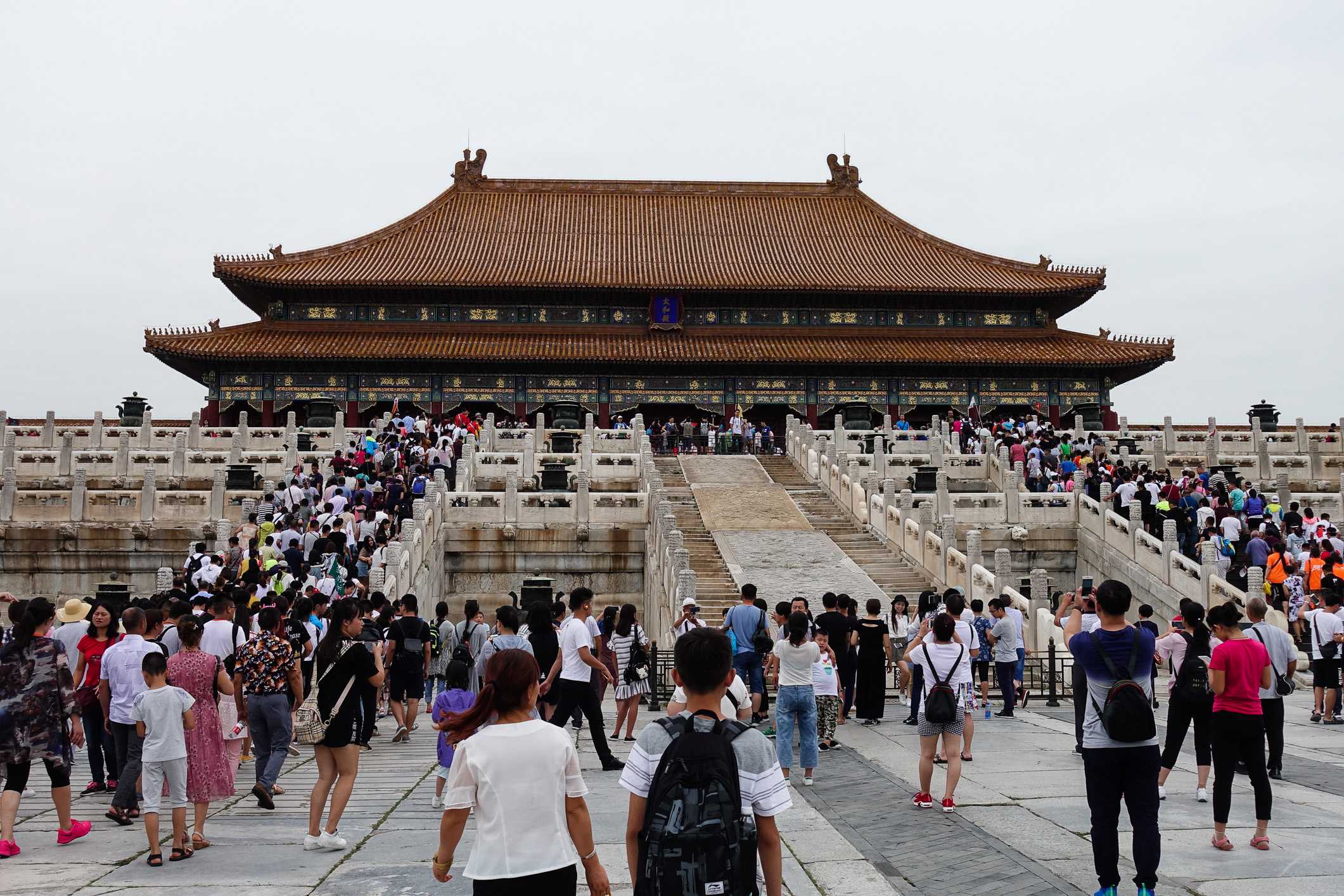

Gyerekek | Kids
Szintén nem lesz újdonság, hogy ha sok az ember, sok a gyerek is. Ami meglepő volt, hogy nagyon sokan csak úgy kézben vitték a pici babákat. Anyuka vagy apuka vagy bárki más a családban kezében egy alvó gyerekkel hétköznapi dolog, legyen ez a hegy teteje vagy egy bevásárlóközpont. A klasszikus itthoni babakocsikból nem láttunk sokat, inkább ilyen játék-babakocsifélében ültek a gyerekek.
A fent említett nyilvános wc-k ellenére a picik ott pisiltek, ahol akartak vagy ahova a szüleik mutatták. A nadrág alja kinyílt, ha leguggoltak, így pillanatok alatt meglocsolhatták az utcát vagy épp a nagy falat (nem viccelünk).
It’s also not too surprising that if there’s a lot of people there are a lot of kids. The interesting thing in China is that most of the smaller children and babies were carried just in the arms without any baby carrier or stroller. It was quite a sight to see the lump, sleeping bodies being carried around on the top of a mountain. The few strollers we saw were almost toy-like strollers.
The kids were also oblivious to the abundance of public toilets and were allowed to pee where ever they wanted, be this on the street or on top of The Great Wall of China (not joking).
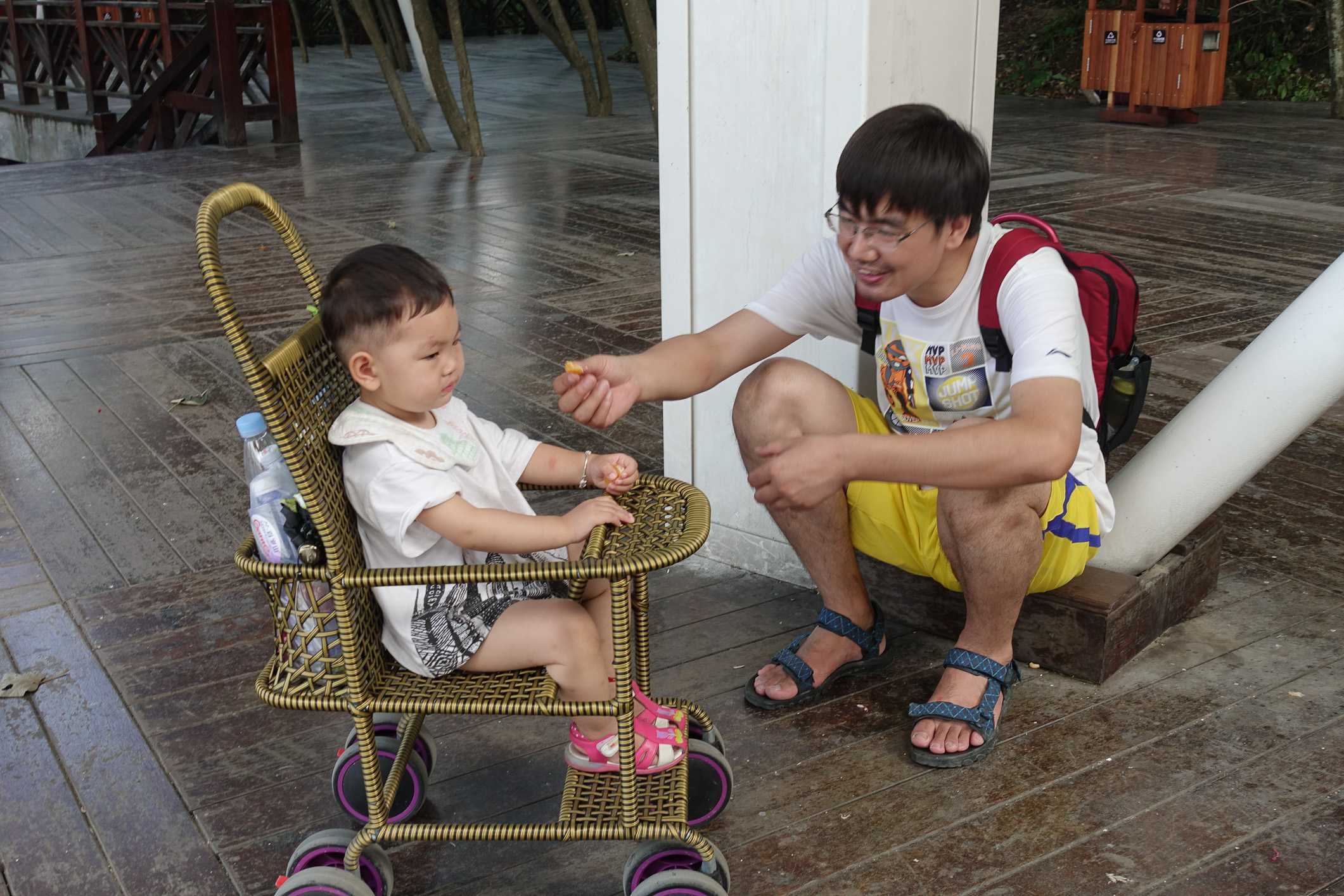
Ramen
Az itteni “zacskós levest” tényleg sokan eszik. Ami jobb, mint otthon, hogy nem zacskóban, hanem már eleve olyan tányérban jön, amibe bele lehet önteni a forró vizet. Illetve a fűszerek mellett villa is jár hozzá. És ami még jobb, hogy ahol van ivóvíz, ott forralt víz is van - tehát szinte tényleg bárhol bármikor jól lehet ezzel lakni. Mi is többször ettünk ilyet, pl. utazás közben vonaton.
The instant noodles/ramen in a cup is a popular quick bite in China. They come in cups that you can instantly pour hot water into and also come with a fork. This coupled with the fact that there were countless hot water points all over China make it a great food to eat anywhere. For an example all trains and stations had a boiling water faucet - a perfect combo for when we traveled.
